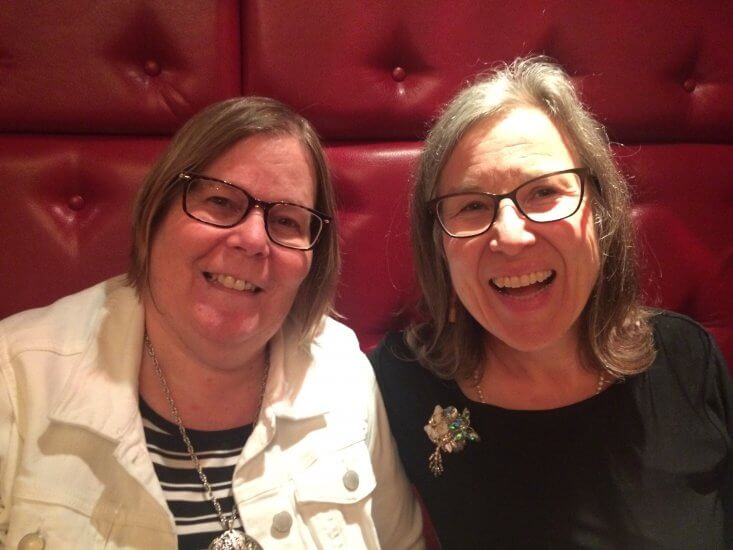Dr. Gwen Rempel: Respectfully involving children in research
Dr. Gwen Rempel, Athabasca University (AU) researcher and associate professor, focuses her research on parenting children with complex congenital heart disease.
Gwen has also conducted interview research with children with congenital heart disease and early-onset scoliosis and their siblings. Conducting these in-home play-based interviews has been a highlight of her career, she says.
As a culmination of this interview research, Rempel recently published an article called Beyond the Interview Guide: Experiences of Practically and Mindfully Implementing Interview Guidelines When Conducting Research with Children and Adolescents with Chronic Conditions and Their Siblings.
We chatted with Rempel, who was also awarded the 2021 AU Award for Excellence in Graduate Student Supervision, to learn more about her research and what she hopes this work accomplishes.
Why did you pursue this area of research?
I fell in love with pediatric cardiology nursing during my undergraduate nursing degree at UBC and worked with infants, children and adolescents with congenital heart disease (CHD) at BC Children’s Hospital for 10 years. My first research project was about computed aided instruction that I developed for parents in pediatric cardiology.
“Doing research with and for children has been a highlight of my career. These interviews involved intensive listening and responding, playfulness, while applying extensive growth and development knowledge and my pediatric nursing experience. ”
Why are special considerations when conducting research with children and adolescents important?

Children and adolescents are vulnerable, and those who have had traumatic experiences related to invasive surgeries from an early age are even more vulnerable. Historically, this vulnerability kept us from including them in research. We relied on proxies – their parents or teachers to learn about their needs. Of course, shifting to involving children in research has been a positive move and we have done this with great care and respect.
Doing research with and for children has been a highlight of my career. These interviews involved intensive listening, responding, and playfulness, while applying extensive growth and development knowledge and my pediatric nursing experience. This publication culminates my amazing research collaboration with Laura Rogers, a pediatric occupational therapist, who taught me so much about personalizing each interview approach to the child’s development and interests.
“A special memory of this work is Laura and I, after we had both been interviewing children in their homes. We cried and laughed as I contrasted one child with alarming CHD-related attention deficits who kept poking me in the eye with a puppet, with the focused youngster with scoliosis who asked me to pretend I was the surgeon he was calling because his rods "had fallen out of his back." This little guy then lip synced a Bruno Mars song in full attire. What a privilege to experience and hear from these children.”
– Dr. Gwen Rempel, researcher and associate professor at AU
Who is the target audience for this methodology article, and what do you hope it accomplishes?
Researchers who are new to interviewing children for research. There is much in the literature about the importance of ethical involvement of children in research, but practical guidelines were missing.
The purpose of this publication is to provide practical steps for conducting research interviews with children and youth. Practical steps that are grounded in our team’s extensive experience with interviewing children and in the literature that we cite in the article.
How did you go about conducting this study?
This “how-to” article is based on methodological data generated in the context of four studies over seven years; interviews with 90 children and adolescents aged five to 17 years: 37 with complex congenital heart disease (5–17 years), 13 with early-onset scoliosis (5–12 years) and 28 siblings (7–17 years), and 12 with adolescent idiopathic scoliosis (10–16 years).
Is there anything else you want to mention?
I’d like to mention the others featured in the publication. Kathleen Shearer did her Master of Nursing with me at the University of Alberta and we have continued to collaborate; she and Sarah Southon Hryniuk led the scoliosis studies. Laura Rogers was also a former student, MSc Rehabilitation Science. Additionally, we collaborated with Dr. Leanne Willson, Associate Professor of Psychology at The King’s University, and undergraduate honours equivalent BA psychology student Jeremy Kieftenbeld for the last set of scoliosis interviews.
To learn more about Rempel’s research, or nursing at AU, visit the Faculty of Health Disciplines website.